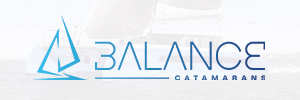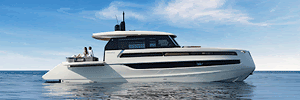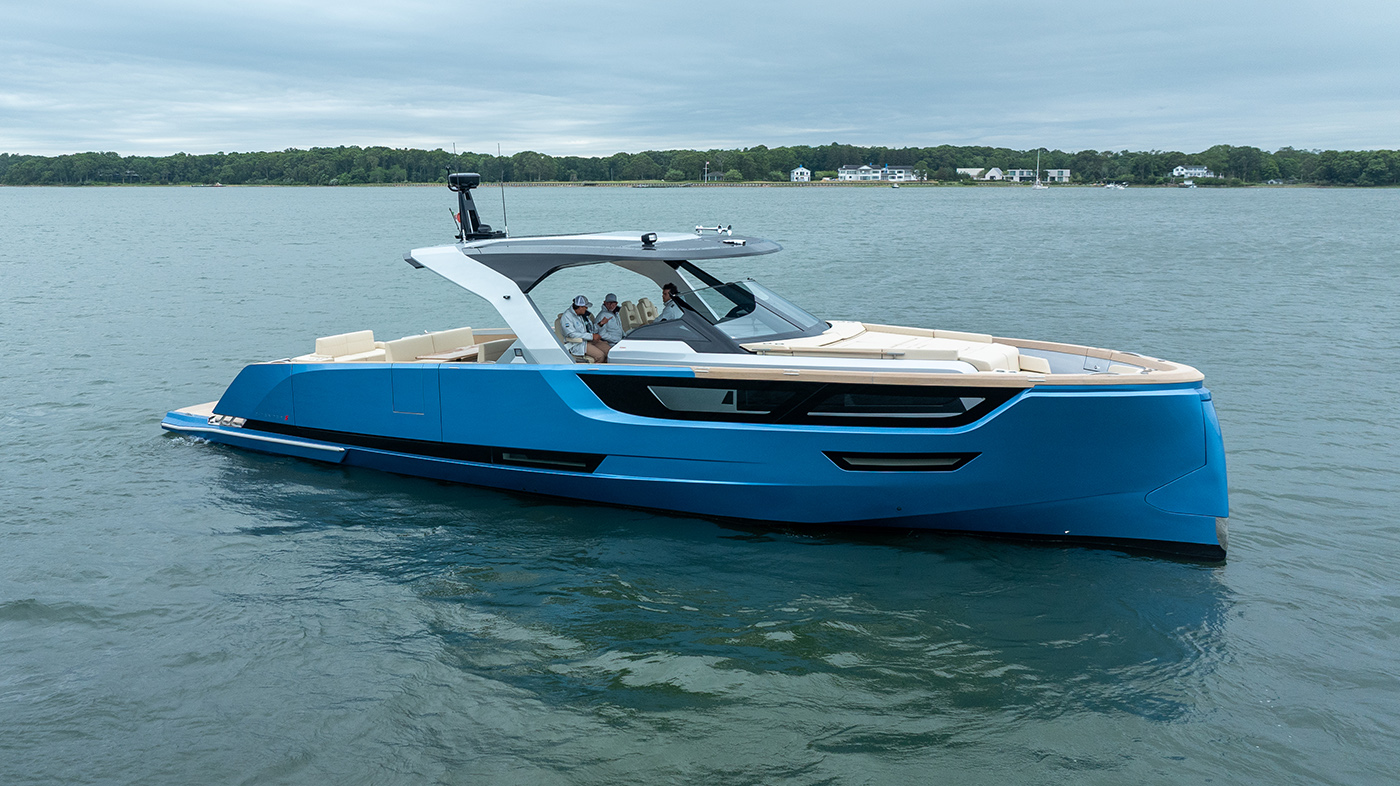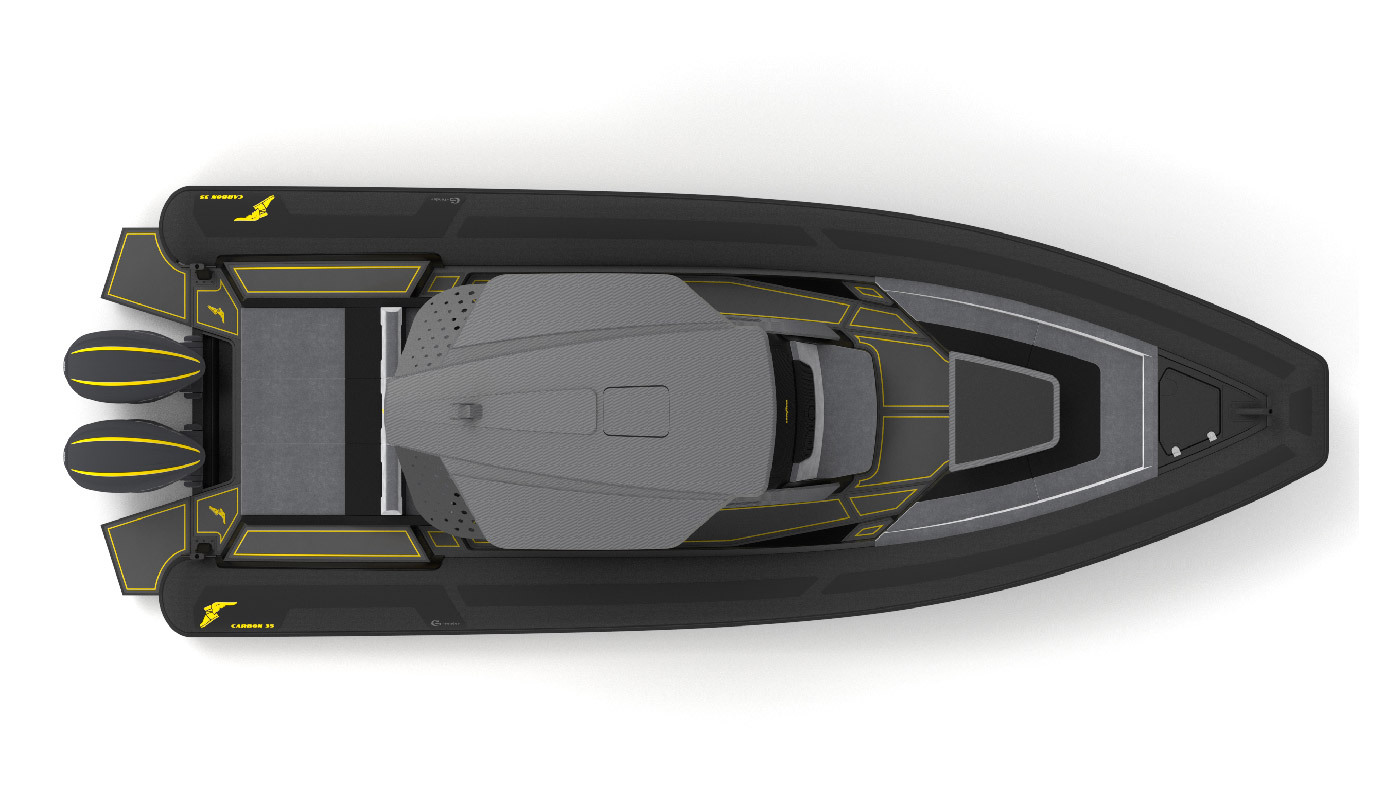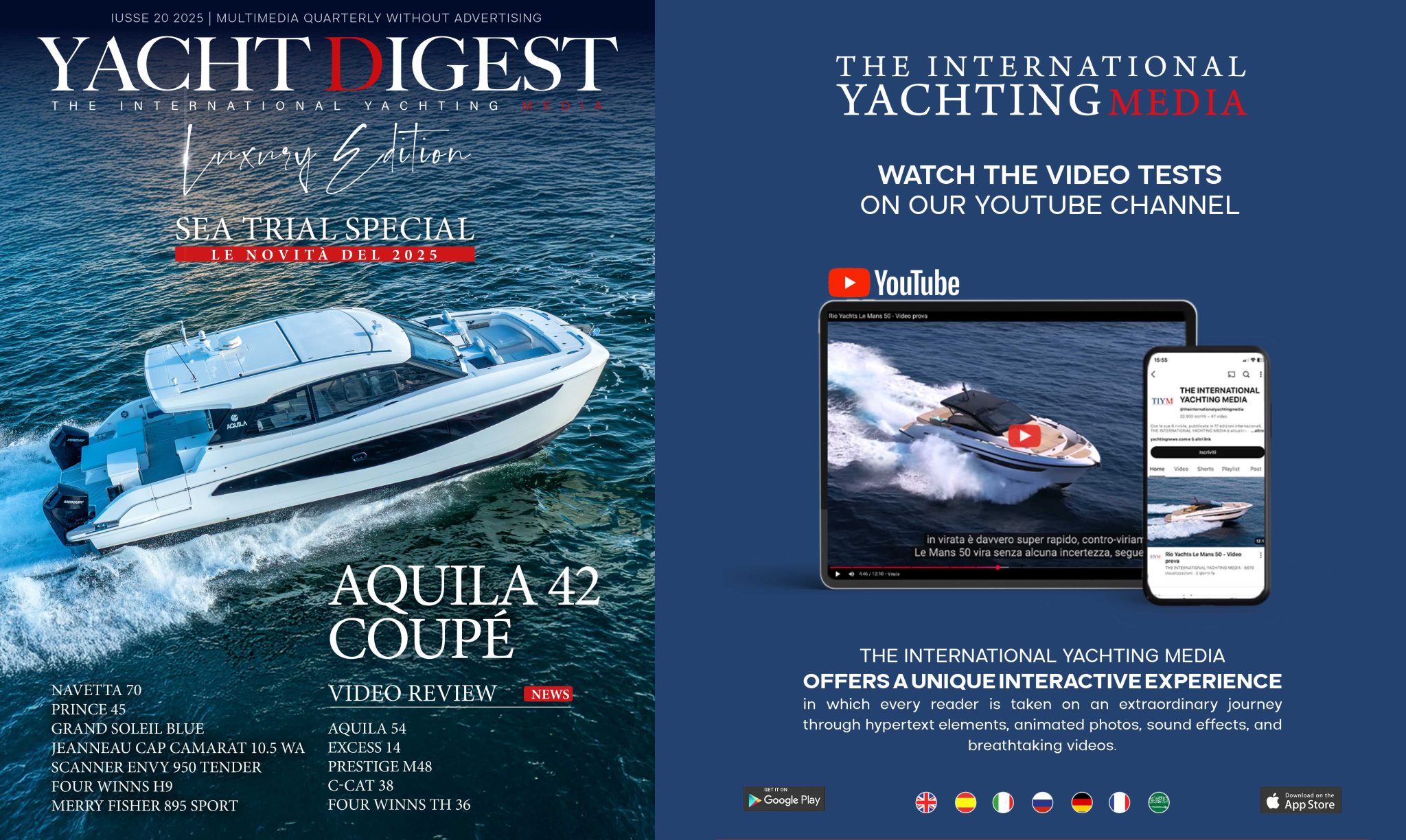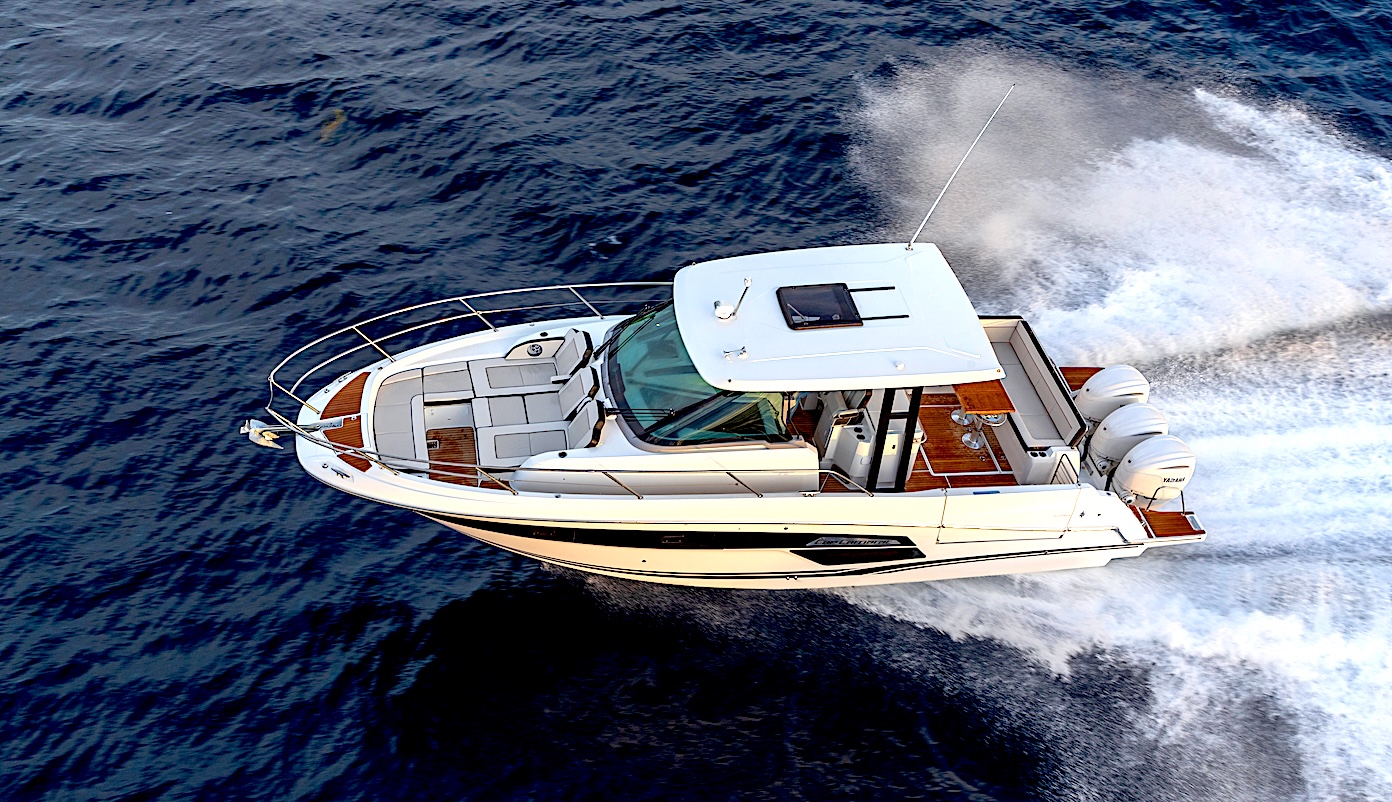A check to the anchor, the Log label cleaning, a test to the hull or the bulb, the recovery of a fallen object into the water. There might be many reasons for an apnoea diving, including the intention to enjoy it.
We’re talking about small short immersions for normal people. It is sufficient to be healthy and follow few simple rules.
First of all, equipment. A good mask is essential. Once it is worn and adjusted, it must adhere well to your face; so, you can breathe with your nose and be sure that air doesn’t escape laterally.
Snorkel, that is the aerator tube, must be about 30 cm long. If it is shorter, it risks of getting bulky and filled with water continuously. Flippers are not necessary for a very short diving (to check the anchor, for example) but they certainly help to climb down and raise. You can choose among different kinds of flippers but the very important thing is that they must have a negative balance and a not excessive length.
You can’t dive without a knife and the specific ball which indicates the presence of a scuba diver, even if you leave your boat only for few metres.
Before diving, many people are used to hyperventilate, that is to make a cycle of inhalings and expirations in order to put more oxygen into the blood and reduce beat. But this contributes to lower the partial venous pressure of carbon dioxide, by delaying the sensation of hunger for air, the impulse to restart breathing with the consequent risks of a blackout. So, we suggest to hyperventilate slowly with ten deep inspirations.
An important technical aspect is compensation. Water is thicker than air, so it puts a greater pressure on our body, which increases with depth. The effects, even painful, are especially perceived on the ear, with the risk of eardrum breaking if you don’t balance the inner pressure with the external one of the water.
If, as usual, swallowing is not sufficient, there are two manoeuvres which can help compensation. The first one is called “Valsalva” and it consists in closing nostrils and blowing. The novices could risk to increase their lung pressure and beat. The most recommended manoeuvre is called “Mercante-Odaglia” and it is the same of Valsalva but with the difference that you must raise the rear part of your tongue in order to close your pharynx and avoid an increase in lug pressure.
Compensation is necessary every 1,5 metre of depth. Personally, I do the first compensation just after the flip to dive. But if you can’t, you’d better to raise and give up.
A warning. You might have the necessity to dive even in the harbour (for example, to free the screw from a rope) But it is forbidden. Diving must be always allowed, or you’ll risk a high fine.


